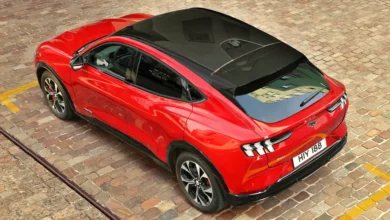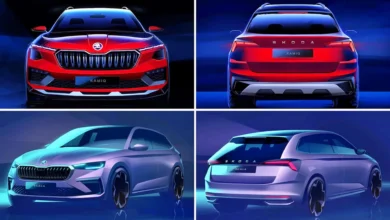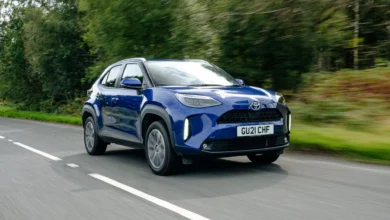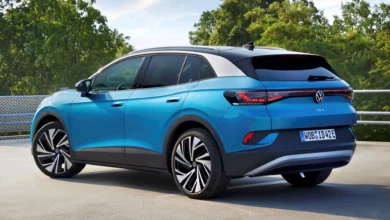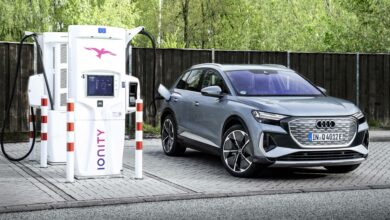
Cars have powered the world, and its history is littered with milestones. We offer a selection of the most relevant in transport, society, technology, security, production, infrastructure, and even the environment.
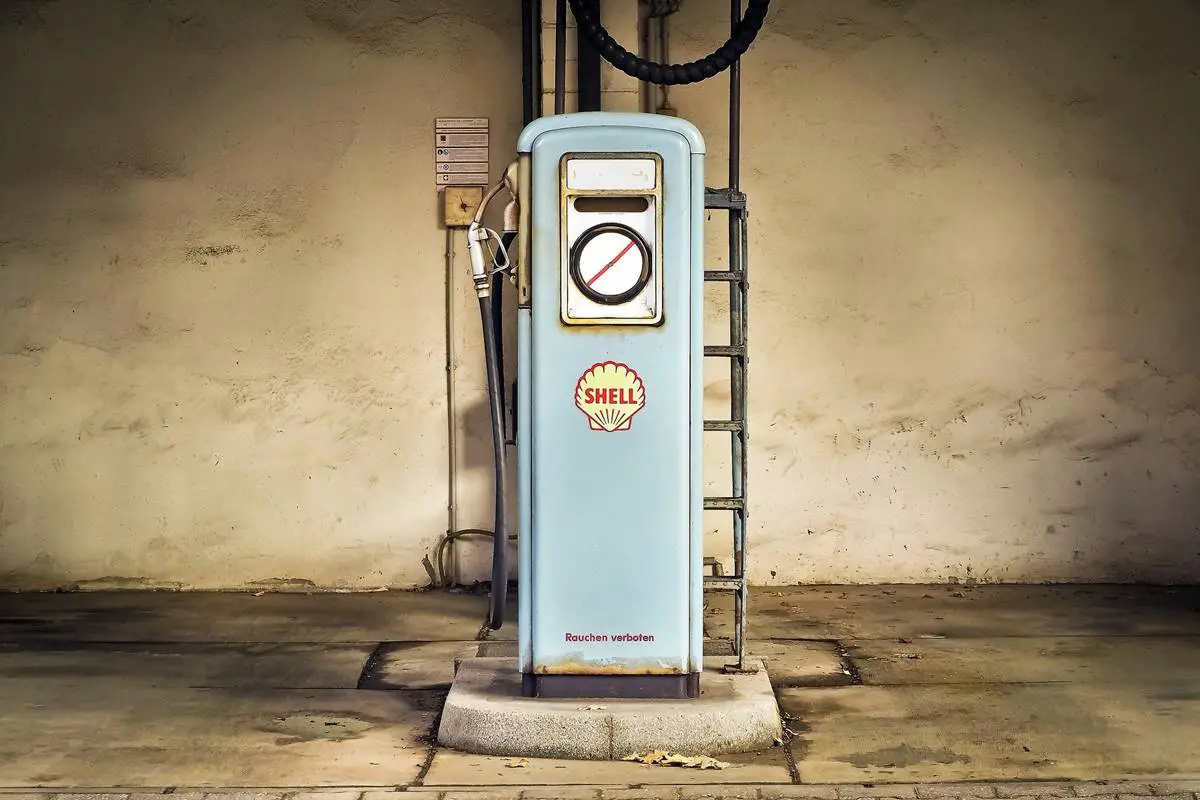
Invention of gasoline / 1857
Petroleum distillation processes led to the invention of gasoline, which, more than 160 years later, remains one of the most widely used fuels on the planet. Although the environmental challenge requires, at present, a change of concept.

First combustion car / 1886
The combustion engine was created in 1860 and worked with gas, and in 1876 the first one that was already powered by gasoline was born. And just a decade later, Karl Benz introduced the first internal combustion car in history, the Benz Patent-Motorwagen.
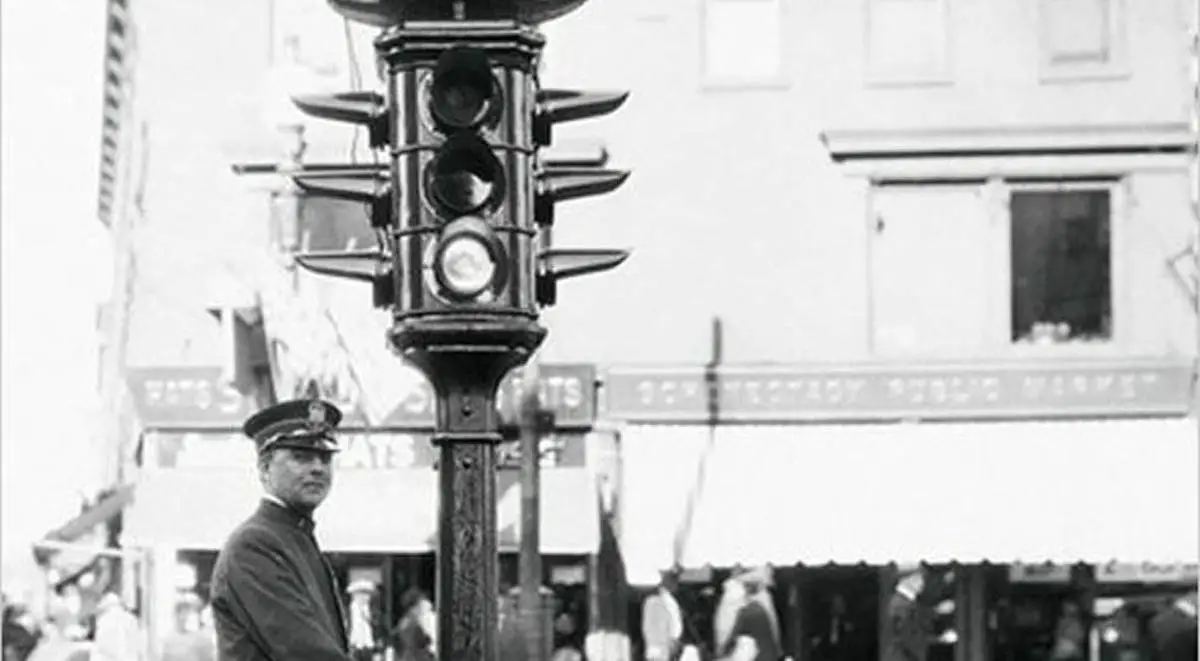
The current traffic light arrives / 1914
The 1908 Ford T was the first series-produced car and also the first mass-produced. And the rise of these new four-wheelers began to generate traffic, and with it came the first electric traffic light, the current one, which was installed in the city of Cleveland, USA.
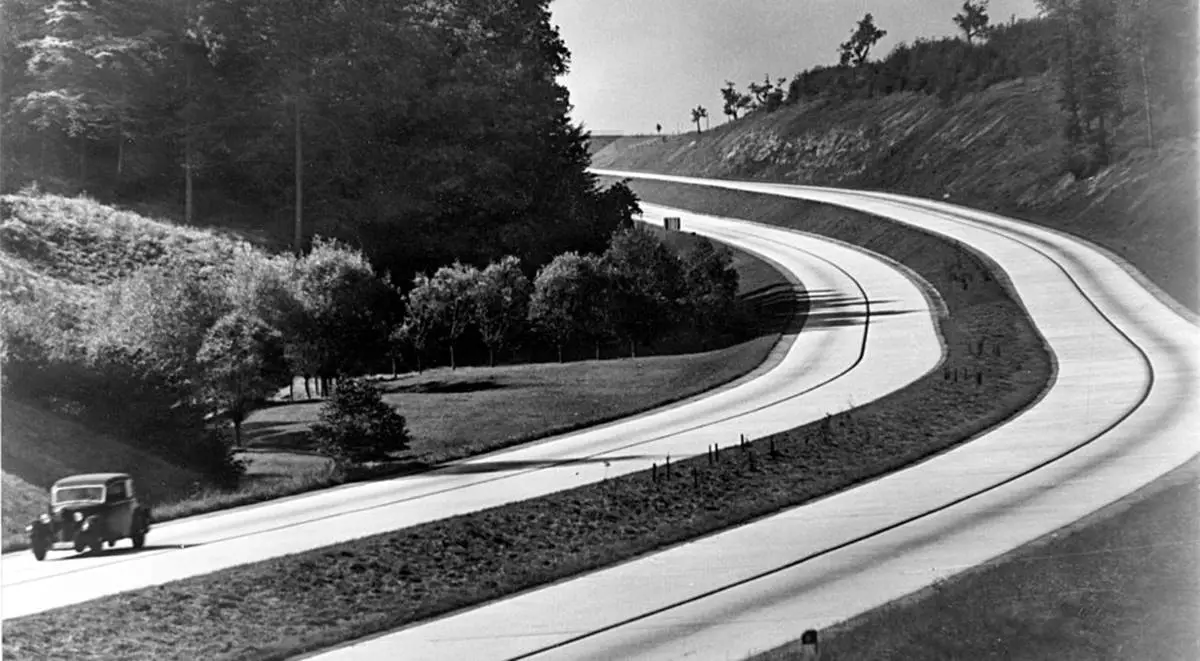
The birth of the highways / 1932
The first highway was born in Italy in 1924, but the first highway was German and opened in 1932. It had a better road surface, fewer curves, and took average travel speed to a higher level. It was called the Autobahn and it connected Cologne and Bonn.
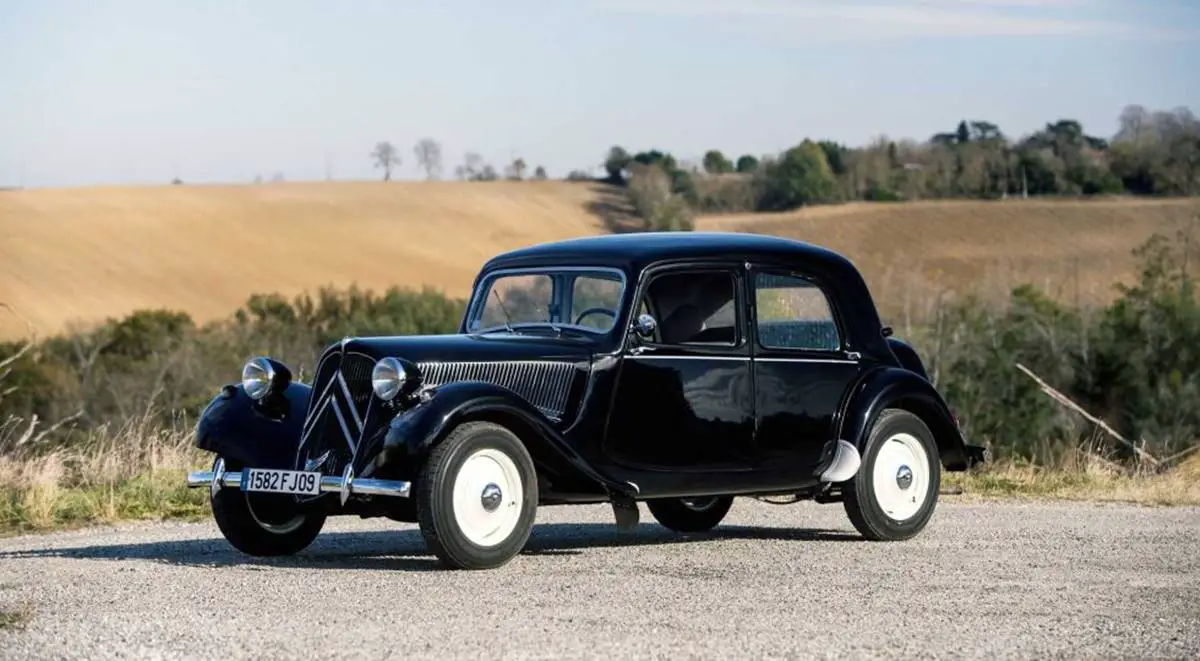
The Modern Car Mold / 1934
All cars were rear-wheel drive, but the Citroën Avant changed the concept and introduced front-wheel drive, the system used by almost all cars since then. The mechanics compressed under the hood, freeing up space, and driving was easier.

Three-point seat belt / 1959
It has saved thousands of lives since its invention, and improved on previous belly belts, with only two anchor points. The laminated front glass (in cars in 1921), was another great advance because it maintained its integrity and did not break into sharp pieces.
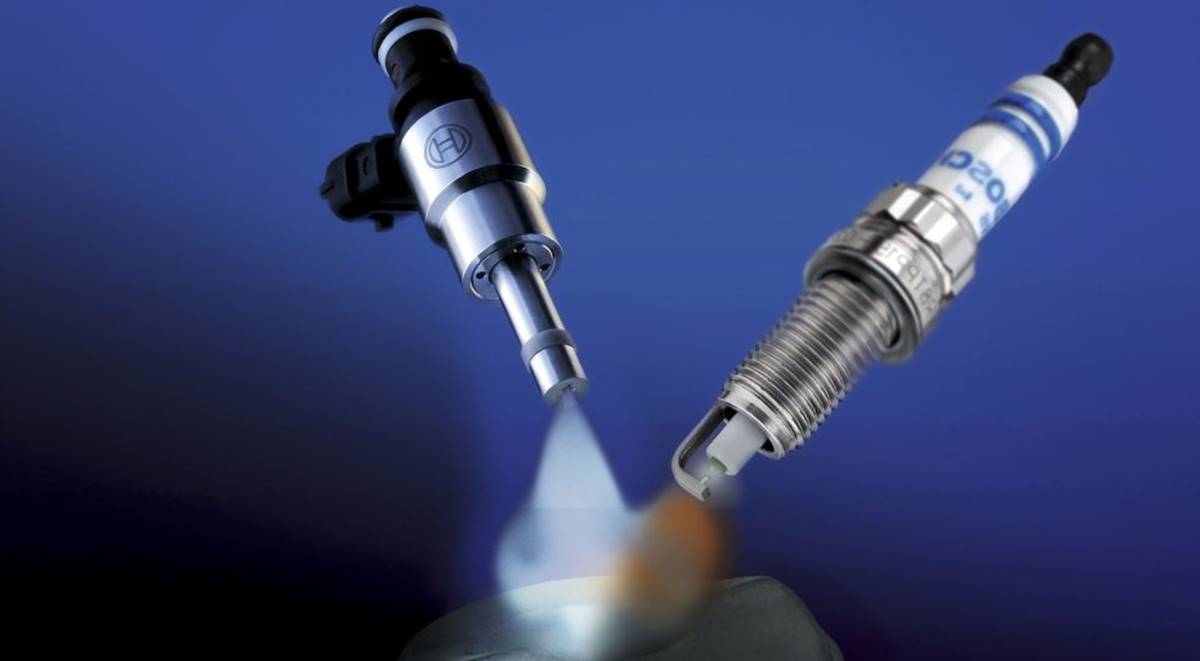
Electronic injection / 1967
Electronic injection, created by Bosch, replaced the carburetor and made it possible to improve the efficiency of cars. It introduced only the correct amount of fuel and, thus, the consumption and emissions of the cars were reduced to unknown borders until then.
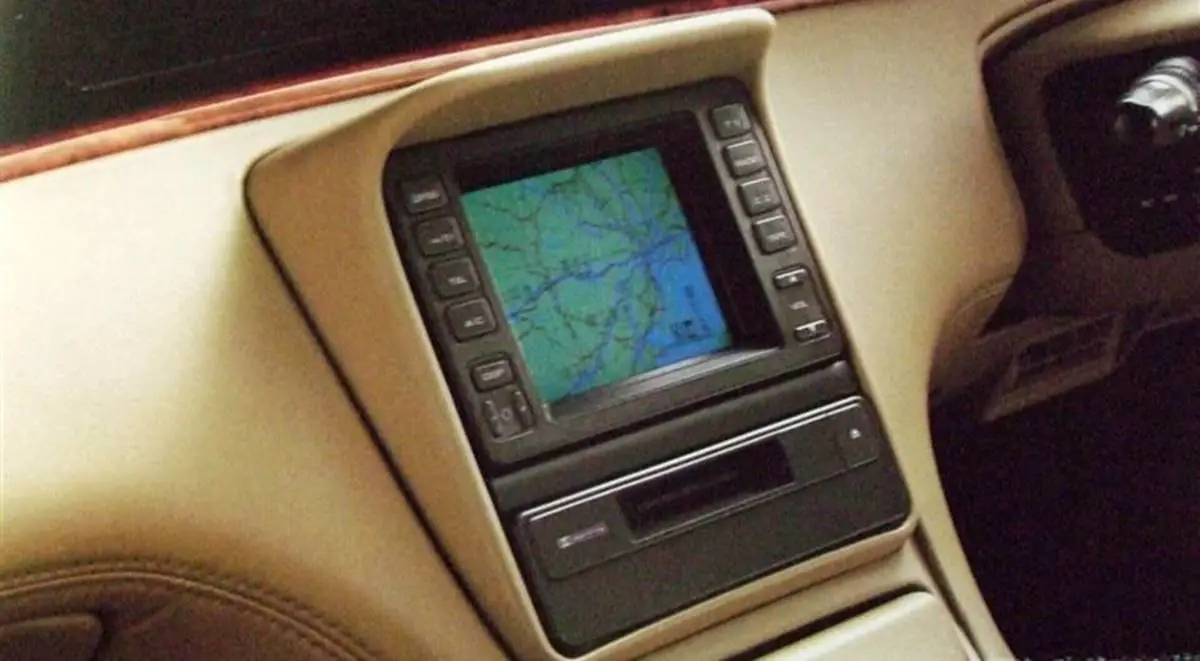
GPS Satellite Navigator / 1990
There were previous attempts, but the first GPS navigator, with satellite position triangulation, was equipped by Mazda on its Eunos Cosmo model. It retired the road maps, and it also allowed to move through unknown cities as if it were a resident.
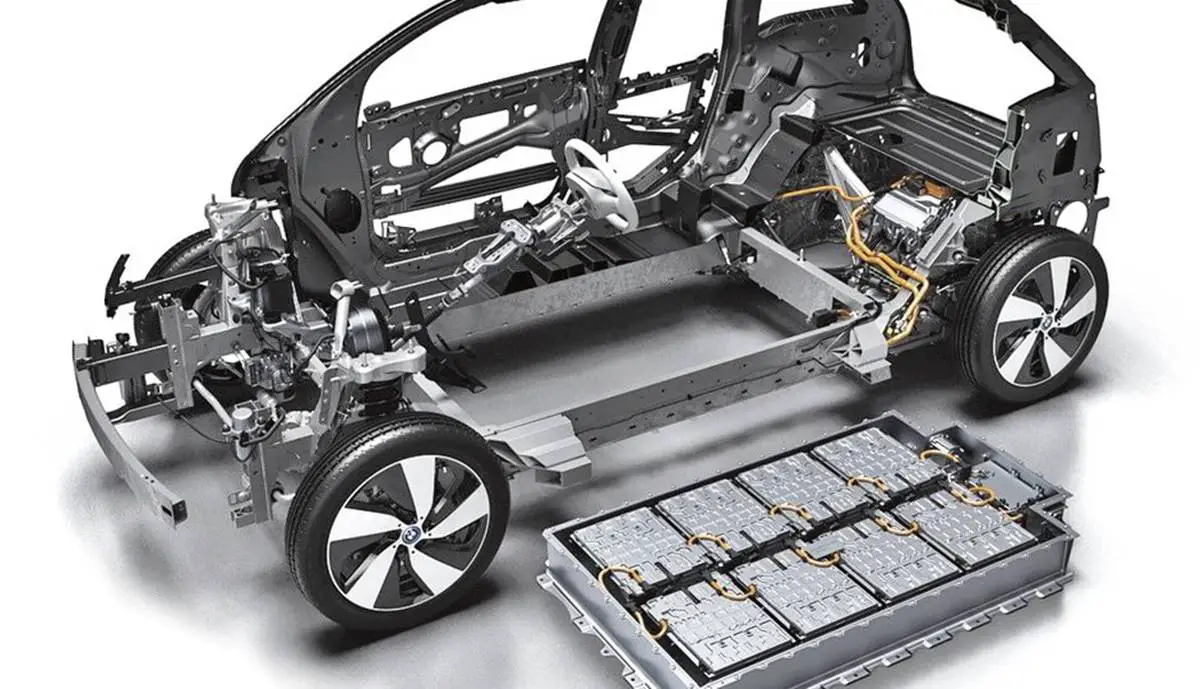
The electric vehicle of the 21st century / 2011
A solution to dependence on fossil fuels. The electric car does not produce emissions and helps to decarbonize mobility. The first of the modern era was the Nissan Leaf and, in just ten years, the range of these models has tripled.
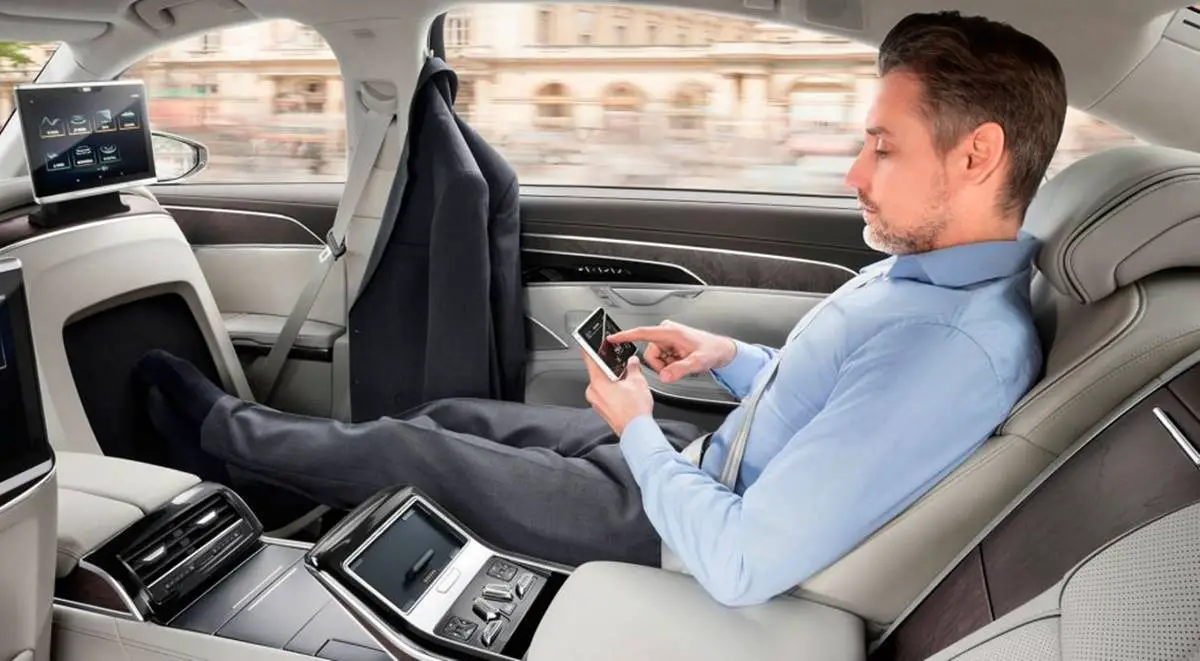
Autopilot / Near future
It is allowed in the US and China, but not in Japan or Europe. The autopilot technology is ready, but the associated regulations are not. In Europe, only Germany has legislated and, for now, only authorizes it on the motorway and at speeds of up to 60 km / h.
